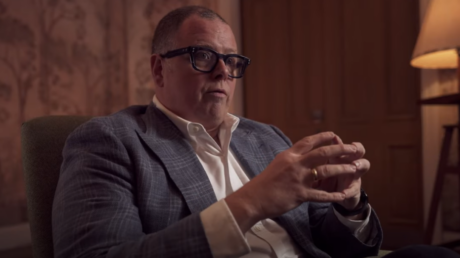When James Bond spent seven seconds sipping a Heineken in Skyfall, the Dutch beer company was all too happy to spend $45 million for it. Forget a skyfall; that’s a windfall for producers who want to offset a chunk of their production costs.
It’s no secret that making movies is expensive. The average major studio movie costs around $65 million — and that doesn’t include the additional $35 million that’s typically spent on distribution and marketing. And those are just averages. Adjusted for today’s inflation, Academy Award-winning Titanic cost a whopping $200 million to make. That’s more than the original ship itself.
More than ever, product placement helps movie producers offset their costs, resulting in a $23 billion industry in 2022. (source)
Even if they’re far below Titanic-sized budgets, movie production costs keep going up — partially because producers want to bring the very best creative vision to life, and partially because of things beyond their control. COVID protocols add roughly 5% to the total budget, while inflation has increased raw materials’ price by 25-30%.
Featuring products in your movie in exchange for valuable brand dollars is nothing new:
- Nearly a century ago, Wings — and all of its Hershey’s chocolate bar-eating characters — won an Academy Award. (source)
- In 1982, E.T. wasn’t just a blockbuster movie; it also landed a blockbuster $1 million product placement deal with Reese’s Pieces. (source)
- In 2013, Man of Steel’s producers took product placement to new heights by featuring over 100 brands in exchange for $160 million. (source)
In the film industry, you either sizzle or fizzle. Product Placement gives producers an opportunity to fund and create their true artistic creative vision.
Ready to learn more? Read and see how we answer your burning questions about Product Placement.




